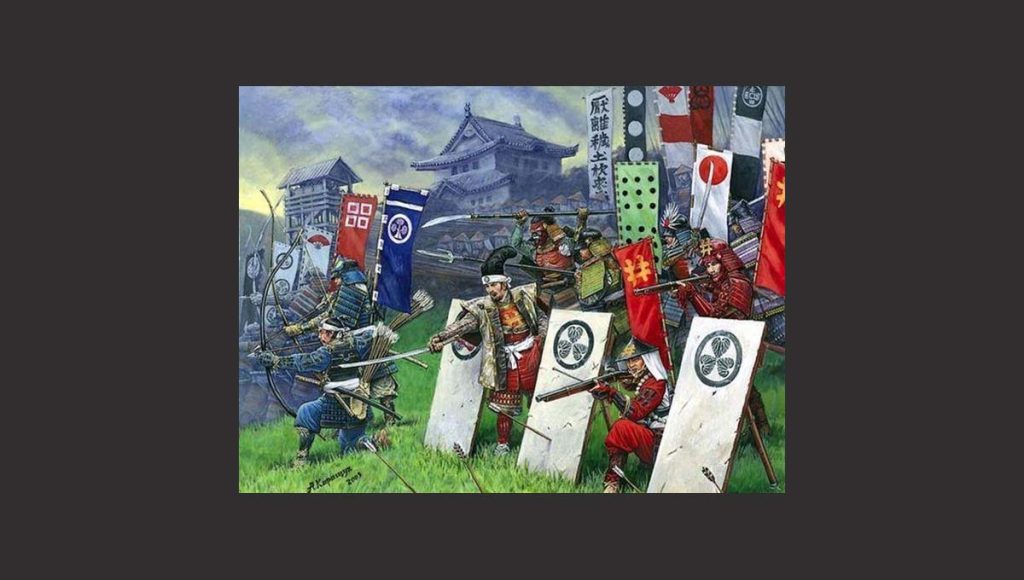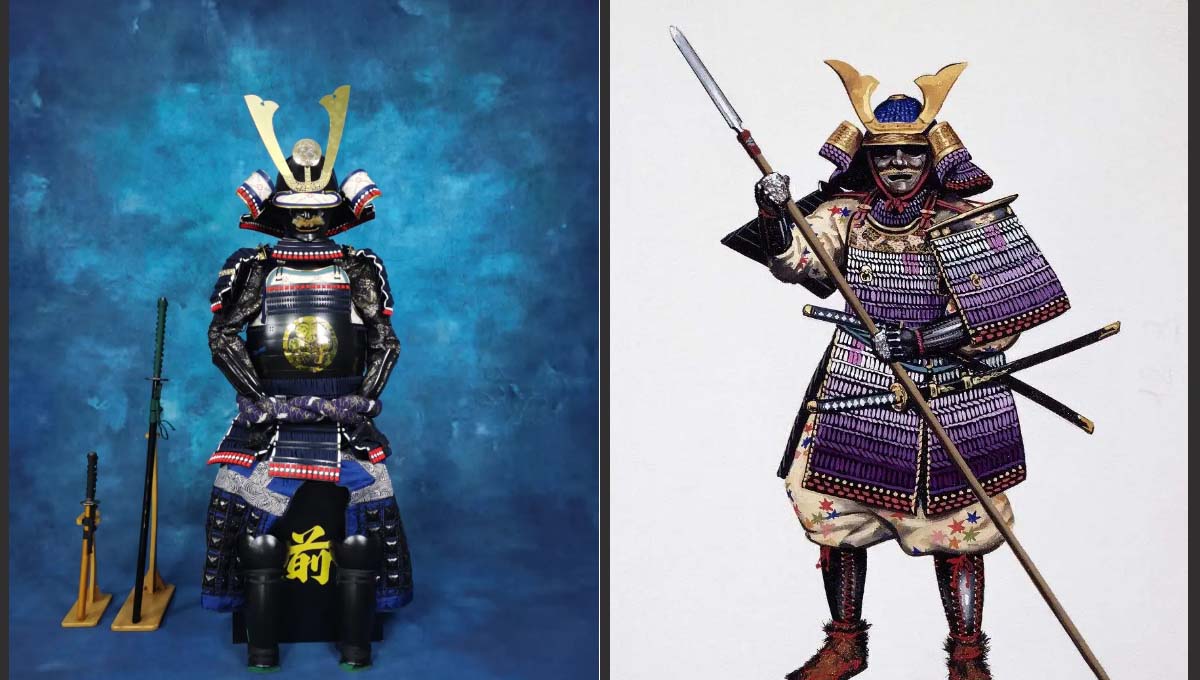The Evolution of the Japanese Katana: From the Muromachi Period to Modern Times
The Japanese katana, a sword that is as much a work of art as it is a weapon, has a storied history that spans centuries. Its evolution is deeply intertwined with Japan’s history, from the Muromachi period through to the modern era. This article will delve into the katana’s historical journey and explore why it has captivated enthusiasts not just in Asia but also in the West.
The Muromachi Period: The Birth of the Katana

The katana emerged in the Muromachi period (1336–1573), a time of military conflict and social upheaval in Japan. The need for a weapon that could be drawn quickly for close combat led to the development of the katana, which was worn with the edge facing up, allowing for a swift and effective strike. The katana was not just a weapon but also a symbol of the samurai’s authority and soul.
The Edo Period: The Golden Age of the Samurai Sword

During the Edo period (1603–1868), Japan enjoyed relative peace under the Tokugawa shogunate. It was during this time that the crafting of katanas reached its zenith. Swordsmiths perfected the art of creating blades with a hard, razor-sharp edge and a ductile spine, capable of both cutting and absorbing impact. The katana became the centerpiece of the samurai’s weaponry, a reflection of their status and their adherence to the Bushido code.
The Meiji Restoration and Beyond: The Decline and Modern Resurgence

The Meiji Restoration in 1868 marked the end of the samurai era. The new government banned the carrying of swords in public, leading to a decline in the traditional sword-making industry. However, the fascination with katanas did not end there. In the 20th century, especially after World War II, there was a resurgence of interest in these swords. Today, traditional methods of sword-making are preserved by a select group of master craftsmen, and katanas are celebrated as cultural icons and works of art.
The Global Appeal of the Katana
The katana holds a unique place in the global imagination. In Asia, it is revered as a part of cultural heritage, a symbol of the samurai spirit, and the embodiment of the meticulous craftsmanship that is a hallmark of Japanese tradition. In the West, the katana’s allure is multifaceted. It is a symbol of exoticism, a centerpiece in the popular media’s portrayal of feudal Japan, and an object of fascination for collectors and martial arts practitioners. The sleek design, the history behind each blade, and the skill required to wield a katana resonate with Western ideals of chivalry and honor, akin to the European knight’s sword.
Conclusion
The katana is more than just a sword; it is a narrative of Japan’s history, a testament to the skill of its makers, and a symbol of the values that defined the samurai. Its appeal across different cultures is a testament to its enduring legacy. Whether in Asia or the West, the katana remains a potent symbol of martial prowess, artistic beauty, and a connection to a storied past.
The story of the katana is rich with keywords that speak to cultural history, craftsmanship, and the timeless human fascination with objects of power and beauty. It is a tale that continues to be written as new generations discover the allure of the Japanese sword.
If you have any good articles about katana swords, you can submit them to us, thank you, service@sales

